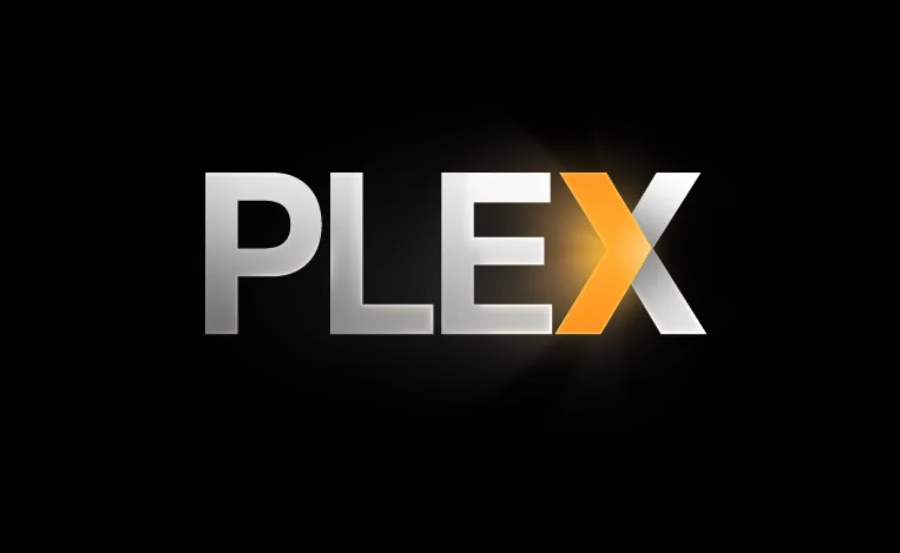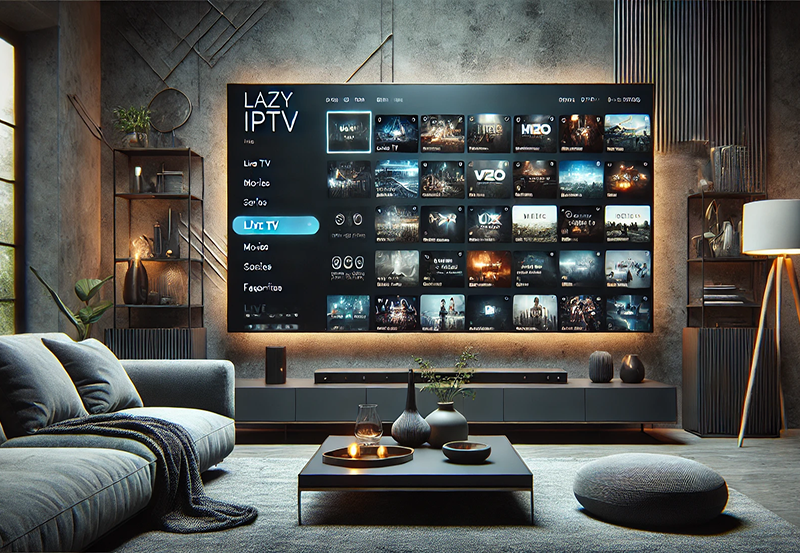What is Plex? A Complete Guide to the Popular Media Server
Plex is a powerful media server IPTV application that allows users to organize, manage, and stream their personal media collections such as movies, TV shows, music, and photos across multiple devices. It serves as a centralized hub where you can store your media files and access them from anywhere, whether you’re at home or on the go. Plex also offers additional features like live TV, IPTV streaming, DVR (Digital Video Recorder) functionality, and access to free movies and TV shows through its own content library. want buy on year subscription
How Does Plex Work?
Plex operates in a client-server model. This means there are two key components to the Plex ecosystem:
- Plex Media Server (Server): This is the software that you install on a computer or dedicated NAS (Network Attached Storage) device. The media server manages your entire media collection, organizes it, and makes it available for streaming to different devices.
- Plex App (Client): This is the app that you install on various devices, such as smartphones, smart TVs, tablets, streaming devices (Roku, Amazon Fire TV, Apple TV), and even game consoles. The client connects to the server and allows you to stream your media from it.
Once your media is stored and organized on the Plex Media Server, you can stream it to any device with the Plex app, regardless of where you are. Plex also enhances your media collection by adding metadata like cover art, plot summaries, and cast information to movies and TV shows, making your collection feel more professional and polished.
Key Features of Plex
Plex is popular because of its vast array of features, which make it much more than just a media player. Below are some of the most important features that Plex offers:
1. Media Organization
Plex automatically organizes your media files—movies, TV shows, music, and photos—and enriches them with metadata pulled from online databases. This means you’ll see descriptions, cast information, cover art, and more, giving your media a clean and professional look.
- Movies and TV Shows: Plex organizes your movie and TV show collections, automatically downloading metadata like posters, synopses, cast, director details, and release dates.
- Music: Plex supports music libraries with metadata tagging, album art, and lyrics (for premium users).
- Photos: Organize your photo albums and view them from anywhere through the Plex app.
2. Streaming to Multiple Devices
Plex allows you to stream your media content to a wide range of devices, including:
- Smartphones and Tablets: iOS, Android
- Smart TVs: Samsung, LG, Vizio
- Streaming Devices: Roku, Amazon Fire TV, Apple TV, Google Chromecast
- Game Consoles: PlayStation, Xbox
- Desktop Browsers: Plex also offers a web-based client, allowing you to stream content directly from your browser.
You can stream content within your local network (at home) or remotely (away from home) via the internet. Plex offers high-quality streaming with minimal buffering, and you can adjust the streaming quality based on your internet speed.
3. Remote Access
One of Plex’s standout features is remote access. You can access your entire media library from anywhere in the world, provided your Plex Media Server is online. Whether you’re on a different Wi-Fi network, using mobile data, or traveling, you can stream your media just as if you were at home.
4. Live TV and DVR
Plex also supports Live TV and DVR functionalities, allowing you to watch and record live television. To use these features, you’ll need:
- A TV tuner compatible with Plex.
- An HD antenna to receive local broadcast channels.
- Plex Pass (Plex’s premium subscription) to access the DVR functionality.
Once set up, you can watch live TV directly through the Plex app and schedule recordings for later viewing. The DVR functionality works similarly to traditional cable DVR services but is fully integrated with Plex, so all your recorded content is automatically organized and accessible across devices.
5. Plex Pass (Premium Features)
While Plex offers a free tier, the Plex Pass subscription unlocks additional premium features:
- Offline Sync: Allows you to download movies, TV shows, and music to your mobile devices for offline playback.
- Parental Controls: Manage what content different users can access, making it family-friendly.
- DVR Functionality: Record live TV broadcasts to watch later.
- Enhanced Metadata: Advanced metadata features for music, including lyrics, mood-based playlists, and more.
- Hardware-Accelerated Streaming: Improves streaming performance by using hardware acceleration for encoding and transcoding media.
The Plex Pass is available through different payment options: monthly, annual, or a one-time lifetime fee.
6. Content Discovery
Plex also offers a range of free, ad-supported content. This includes:
- Free movies and TV shows that Plex licenses from studios.
- Plex News: A personalized feed of news stories from various sources.
- Web Shows: Curated web content directly within the app.
While Plex’s primary function is to manage your personal media collection, the free content allows users without a large library to enjoy Plex’s interface and discover new content.
7. User Accounts and Profiles
Plex supports multiple user accounts and profiles, allowing different users to have their own viewing history and personalized recommendations. This is especially useful for families where everyone has their own preferences and tastes.
- Kids Mode: You can set up restricted user accounts with access to only child-appropriate content.
- Managed Users: Set limitations on what content certain users can access.
8. Subtitles and Audio Track Selection
Plex provides built-in support for subtitles and multi-language audio tracks. You can download subtitles for movies and TV shows directly within Plex, and you have the ability to switch between multiple audio tracks if your content supports it.
9. Cloud Integration (Deprecated)
Plex previously offered Plex Cloud, which allowed users to host their media in cloud storage services like Google Drive or Dropbox. However, this feature was discontinued in 2018. Now, users must store their media locally on a server, NAS, or dedicated device.
10. Plexamp (For Music Lovers)
For users who are particularly fond of music, Plex offers a standalone music app called Plexamp. This app is designed to work with your Plex music library and provides an enhanced music experience with features like smart playlists, gapless playback, and visualizers.
Setting Up Plex: A Step-by-Step Guide
Setting up Plex is relatively simple. Below is a step-by-step guide to getting your Plex Media Server up and running:
Step 1: Install Plex Media Server
- Visit the Plex website and download the Plex Media Server for your operating system (Windows, macOS, Linux, or NAS devices).
- Install the server software on your computer or NAS device.
- Launch the Plex Media Server application, and it will automatically start running in the background.
Step 2: Add Your Media Library
- Open your browser and go to
http://127.0.0.1:32400/web(local IP) to access the Plex web interface. - Follow the setup wizard to sign in or create a Plex account.
- In the Plex dashboard, select Add Library.
- Choose the type of content (Movies, TV Shows, Music, Photos) and point Plex to the folder where your media files are stored.
Plex will begin scanning and organizing your files, automatically adding metadata like cover art, descriptions, and more.
Step 3: Install the Plex App on Your Devices
- Download the Plex app on all your devices (smartphones, tablets, smart TVs, etc.).
- Sign in with your Plex account credentials.
- Once signed in, you will be able to access your media library from any device that supports Plex.
Step 4: Remote Access Setup (Optional)
If you want to access your Plex server remotely:
- In the Plex web interface, go to Settings > Remote Access.
- Follow the prompts to enable remote access, ensuring your server is reachable over the internet.
- Plex will guide you through port forwarding if required by your router.
How to Setup IPTV on IPTV Smarters on PC
Now, you’ll be able to stream your media from anywhere.
Conclusion
Plex is an incredibly powerful and flexible platform that allows you to take full control of your media library. With its ability to stream across devices, organize and enhance your media files, and offer additional features like live TV and DVR, it stands out as one of the best media server applications available today. Whether you’re a casual user who wants to stream content from a personal collection or a power user who needs an all-in-one media hub, Plex offers a solution tailored to your needs.
With options like Plex Pass for premium features and free ad-supported content, Plex provides something for everyone, making it an indispensable tool for managing and enjoying digital media in the modern era.





